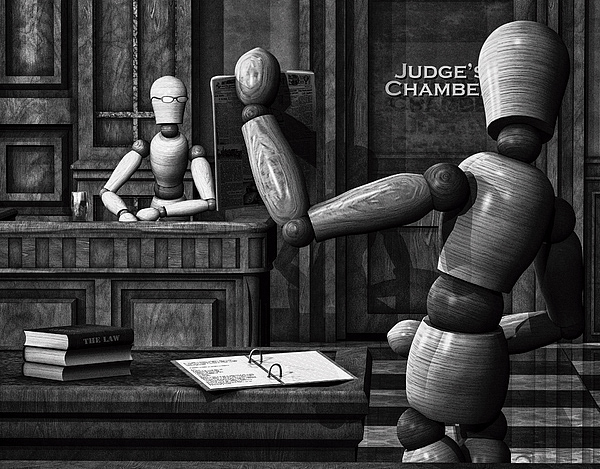In the dimly lit depths of the city’s underbelly, Wooden Man found himself submerged in a watery grave, bound by chains that clinked softly against the concrete block anchoring him to the bottom. The bubbles that rose to the surface were the last whispers of a story that had captivated the world.
Wooden Man had been a silent observer of the human condition, a mannequin who had seen it all. From the bustling streets of the metropolis to the quiet corners of forgotten alleys, he had been a witness to the secrets and sins of the city. His wooden eyes had seen too much, and his silent mouth had held too many secrets.
The series of black and white images that chronicled his journey had been a sensation in the early 2000s. People had marveled at the stark beauty of the photographs, the way they captured the essence of a world that was both familiar and alien. But as the years passed, the questions began to arise: What had become of Wooden Man? Where had he gone?
The final image in the series provided a haunting answer. Wooden Man, submerged and bound, was a stark reminder of the price of knowledge. The chains that held him were not just physical; they were the weight of the secrets he had kept, the burden of the truths he had witnessed. The concrete block was the anchor of his past, pulling him down into the depths of obscurity.
As the last bubbles escaped his wooden lips, Wooden Man’s story came to an end. But in the silence of the underwater world, his legacy lived on. The images that had once captivated the world remained, a testament to the power of art to capture the human experience, even through the eyes of a wooden mannequin.










